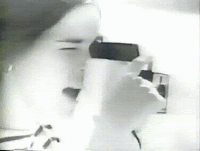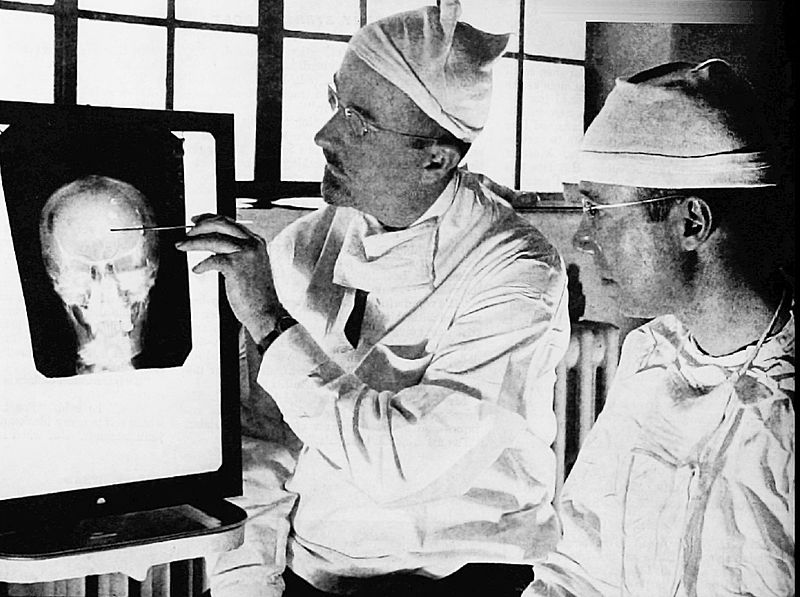This near-perfect advertising gem from the mid-'60s stars a shockingly young and fresh-faced Ali Macgraw, who would soon rocket to fame in Love Story only to plummet into total oblivion. Being married to Steve McQueen will do that to you.
But before all that, there was this delectable ad for the Polaroid Swinger: "it's more than a camera, it's almost alive/It's only 19 dollars and 95!" A yet-to-be-famous utility singer named Barry Manilow sang the irresistibly catchy jingle. And such a product! It was new, it was affordable, it was"right now". Instead of a red light going on when you were ready to shoot, the camera flashed a large black-and-white YES. In fact, it used only black and white film, which didn't seem to matter to the young and hip.
I remember Polaroid cameras, the very early ones where you "zipped it off" (ripped off a plastic cover after allowing the thing to "stew" for so many minutes). I remember my Dad taking pictures of me on my horse, and him getting this - stuff - on his hands, this caustic goo from the margins of the picture, chemicals for developing it or something. After the picture dried - and it had to dry, just like those old-fashioned photos you developed in a tray, then hung up with clothespins - you had to stick on an adhesive-backed piece of cardboard to keep it from curling. But once that backing was on there, you'd never get it off.
I still have some photos - OK, a lot of them - with thick plastic backings on them, tiny things about 2 by 3 inches. For a few years, this was all we took. They had the instant payoff factor, but unfortunately over the years they have become almost indecipherable. I scanned a few of them and blew them up, but the results were mixed. Some of the best shots of my kids growing up were taken with this low-tech method, meaning that most of them were lost.
But that aside, this is one of the most perfect ads I've ever seen, second only to that first Maxwell House work of genius with the bongo-drum percolator ("tastes as good as it smells"). The Swinger embodies the '60s, beach life, freedom from responsibility, being young and attractive and with your whole life ahead of you. You could smoke then, and stay out late, and eat and drink whatever you wanted to, and still look great with no effort. Ali Macgraw had that earth angel innocence, the no-makeup face, the wash 'n wear hair.
I made a ton of gifs last night from this, my all-time-second-favorite ad, but they somehow turned out to be unsatisfying. It's hard to extract a few seconds out of such a seamlessly tight work of art. The shots cascade and tumble into each other, creating a dizzy sense of freedom. And - click - click - every move, every pose, every activity is captured on film, in crisp black and white that develops right before your eyes.
So what was I going to focus on? Hair. Ali's hair, which is used in a particular way in this one-minute saga of '60s youth. It's very very fast, so you have to watch for it. Her hair whips around, tosses, flings, and is casually pushed back. I did gifs of Ali's hair, plus a few of her walking in delightfully washed-out light, so that she becomes virtually animated.
Since I can't leave anything alone these days, I mucked around with the speed/direction/order of the frames and made them do things. I don't know if this improved them or not. I had mixed feelings about it, but thought, damn, I made all these things. Might as well put them up, as is. Wash 'n wear.



















































